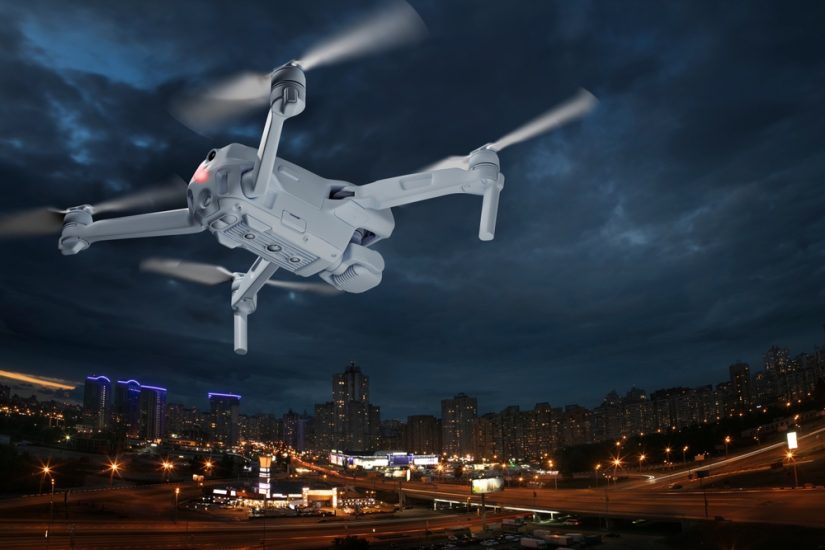By Philip Butterworth-Hayes
Probably the single largest obstacle to unblocking the logjam of U-space implementation within the European Union is the lack of agreement between Member States on the number and type of services which should be provided within the U-space Common Information Service (CIS). But now multiple initiatives are underway throughout the European to unblock the logjam, delegates at this week’s Amsterdam Drone Week have learnt.
In the European Union Aviation Safety Agency (EASA) U-space regulation, the CIS layer is intended to ensure that service providers and users of U-space can exchange information in a standardized manner. According to EASA, Member States competent authorities must ensure that CIS is available as a single source of information for U-space.
“But each Member State has a different view of what services should be mandated within the CIS,” said one Eurocontrol official. “This has been made more complex by the wish of some countries to include security functions within the CIS; security and defence issues are national competences which lay outside the European Union’s remit.”
But now several initiatives are underway to harmonise the CIS requirements of each EU country. The most important of these is the initiative by EASA to provide an assessment of the current situation so there is clear oversight of each State’s position then report to the European Commission, so the Commission can take the appropriate remedial action.
This is likely to be a complex and diplomatically tough task.
“But ultimately it will be up to the Commission to decide whether there are real security issues involved, or not,” said an EASA official.
At the same time, the Global UTM Association (GUTMA) plans to launch a new task force in the next few days to develop a template for the implementation of U-space by Member States which would include both safety and security elements.
More details will be available soon.
(Image: Shutterstock)




